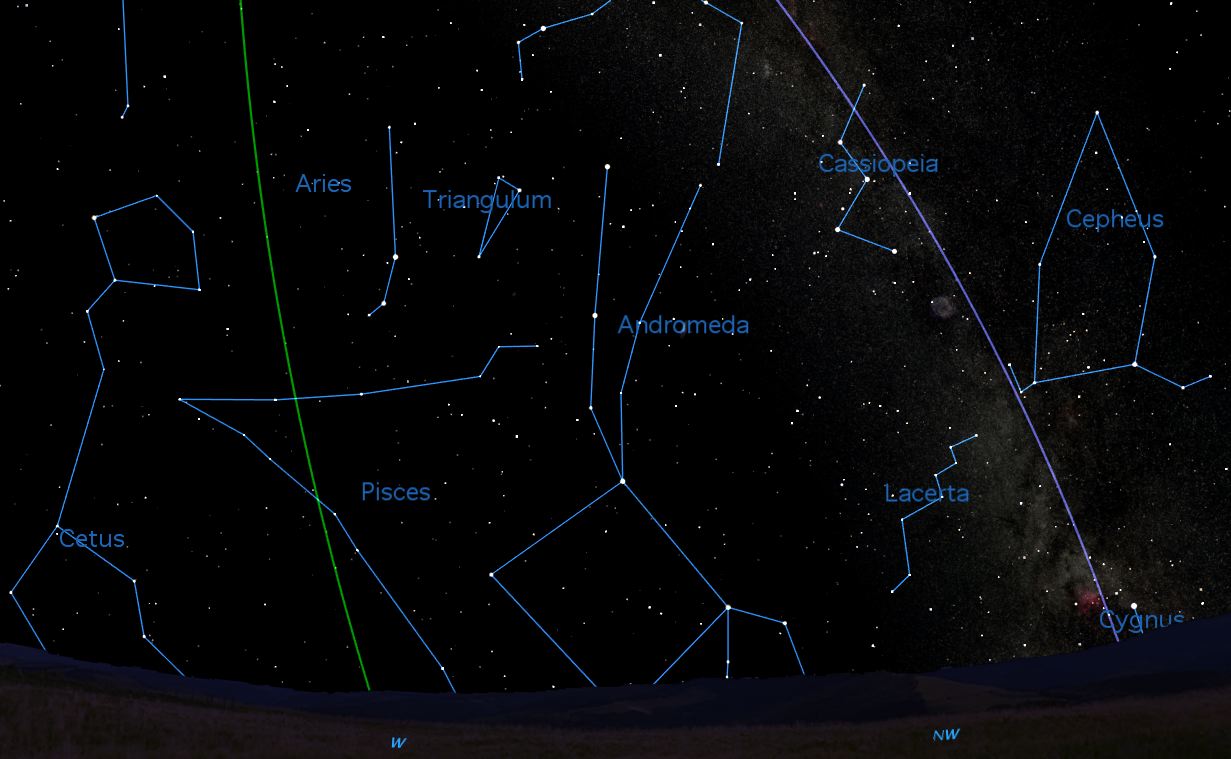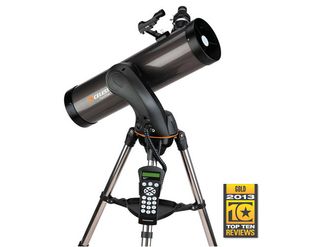Rare 'Zodiacal Light' Visible in Night Sky Soon

The solar system's small bodies have been often in the news lately. There are currently two bright comets in the southern sky, one of which, Comet C/2011 L4 (PANSTARRS) will soon be moving into the northern sky. An asteroid named 2012 DA14 recently passed close to the Earth. There have been two bright meteors in the past month, one in Russia and one in California.
But these types of bodies aren't the smallest relics of the solar system visible from here on Earth. A rare and hard to spot phenomenon called the Zodiacal Light, made from tiny solar system dust particles, can only be sighted under the best conditions. And a good time to view it is coming up soon.
Comets and asteroids
Comets and asteroids are fairly similar, mainly differing in their composition and orbits. Comets are made of ice and dust; asteroids of rock. Comets have tails because their ice is melted by the sun and is swept away by the solar wind. Asteroid orbits are mostly circular; some comet orbits are circular, but many are highly elliptical or parabolic.
Although asteroids and comets are much smaller than planets, they are larger than meteoroids, the objects that cause meteors when they encounter the Earth's atmosphere.
Most meteoroids are quite small, smaller than a pea. But there are smaller objects still, so small that they cannot be seen as individual objects. This material is called interplanetary dust, and is spread throughout the solar system, but more concentrated close to the plane of the planets, which astronomers call the ecliptic because eclipses occur in this plane.

Interplanetary dust
Get the Space.com Newsletter
Breaking space news, the latest updates on rocket launches, skywatching events and more!
Most stargazers are unaware that they can actually see this interplanetary dust, when conditions are right.
In some ways this disk of interplanetary dust is similar in appearance to the Milky Way. The glow of the Milky Way is the result of the combined light of millions of stars too faint to be resolved by the unaided eye.
The interplanetary dust disk, called the Zodiacal Light, is the result of millions of dust particles too faint to be resolved. Unlike the Milky Way, which can be resolved with a telescope, the particles that make up the Zodiacal Light are too small to be resolved by any optical instrument. [Stunning Photos of Our Milky Way Galaxy]
So you can forget about using a telescope to see the Zodiacal Light. It can only be seen with the unaided eye, and can only be photographed with a sensitive wide-angle lens.
When to look?
There are only a few windows of opportunity during the year to see the Zodiacal Light, and one of these is coming up over the next couple of weeks.
One factor is that the moon will move out of the evening sky, leaving it darker and making fainter objects more easy to spot. A second factor is that the ecliptic, where the Zodiacal Light is brightest, will be perpendicular to the horizon in the early evening in the northern hemisphere.
Wait until the sky is completely free of scattered light from the sun, at least an hour and a half after sunset.
Where to look?
First of all, choose an observing location with a very dark sky. It must be dark enough that the Milky Way is easily visible, because the Zodiacal Light is fainter than the Milky Way.
At this time of year in the northern hemisphere, the Milky Way is setting in the northwest in the early evening, marked by Cassiopeia and Cygnus. The ecliptic, marked with a green line in the chart, is due west, passing through the faint constellation of Pisces.
In a dark sky, you will see the Zodiacal Light and the Milky Way as two distinct but very faint objects. The Milky Way gets wider and brighter higher in the sky, while the Zodiacal Light gets narrower and fainter. The first is a band, the second a cone.
If you succeed in spotting the Zodiacal Light over the next few weeks, you will have observed one of the rarest phenomena in the night sky.
Good luck!
This article was provided to SPACE.com by Starry Night Education, the leader in space science curriculum solutions. Follow Starry Night on Twitter @StarryNightEdu.
Join our Space Forums to keep talking space on the latest missions, night sky and more! And if you have a news tip, correction or comment, let us know at: community@space.com.

Geoff Gaherty was Space.com's Night Sky columnist and in partnership with Starry Night software and a dedicated amateur astronomer who sought to share the wonders of the night sky with the world. Based in Canada, Geoff studied mathematics and physics at McGill University and earned a Ph.D. in anthropology from the University of Toronto, all while pursuing a passion for the night sky and serving as an astronomy communicator. He credited a partial solar eclipse observed in 1946 (at age 5) and his 1957 sighting of the Comet Arend-Roland as a teenager for sparking his interest in amateur astronomy. In 2008, Geoff won the Chant Medal from the Royal Astronomical Society of Canada, an award given to a Canadian amateur astronomer in recognition of their lifetime achievements. Sadly, Geoff passed away July 7, 2016 due to complications from a kidney transplant, but his legacy continues at Starry Night.












